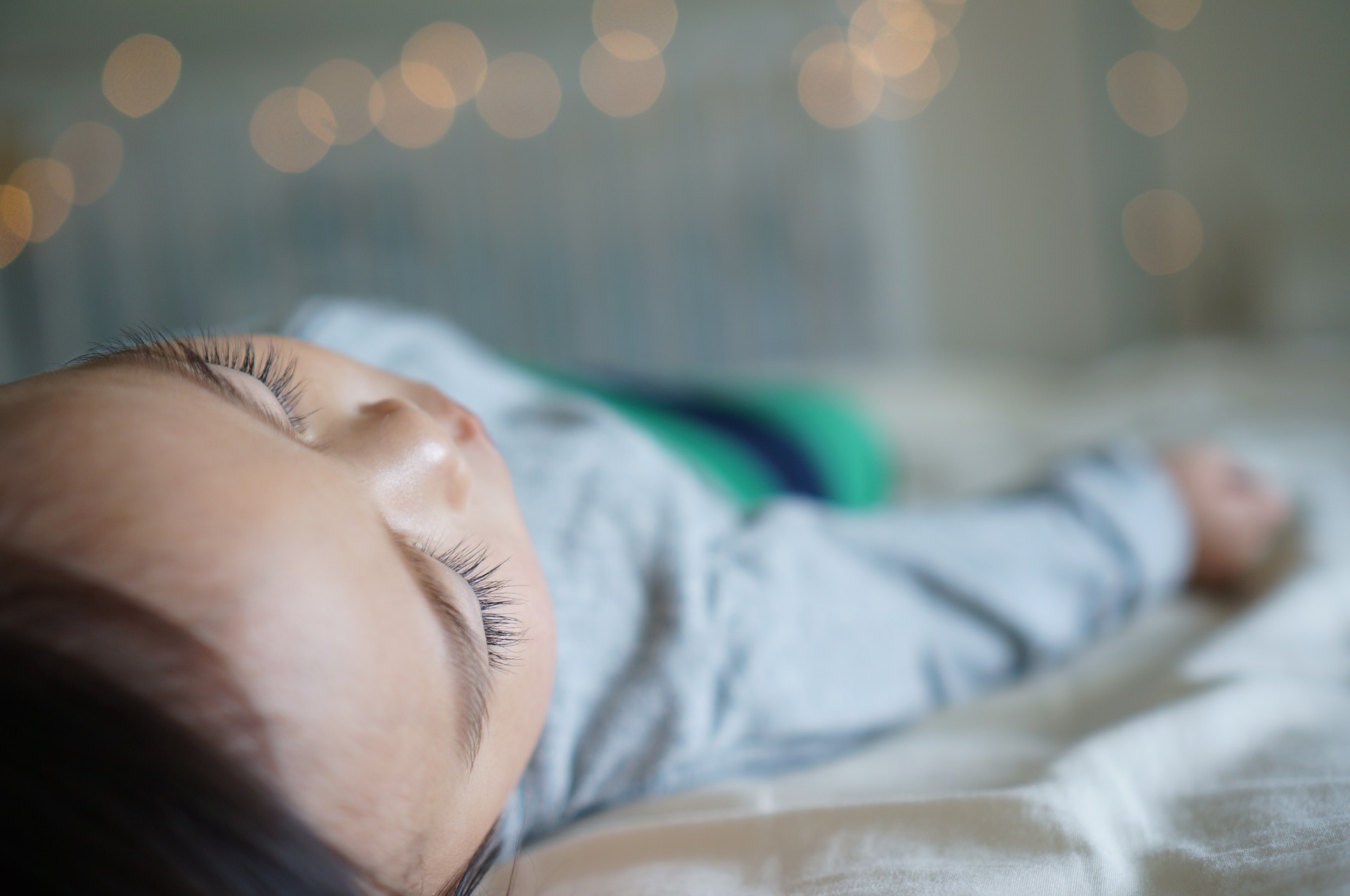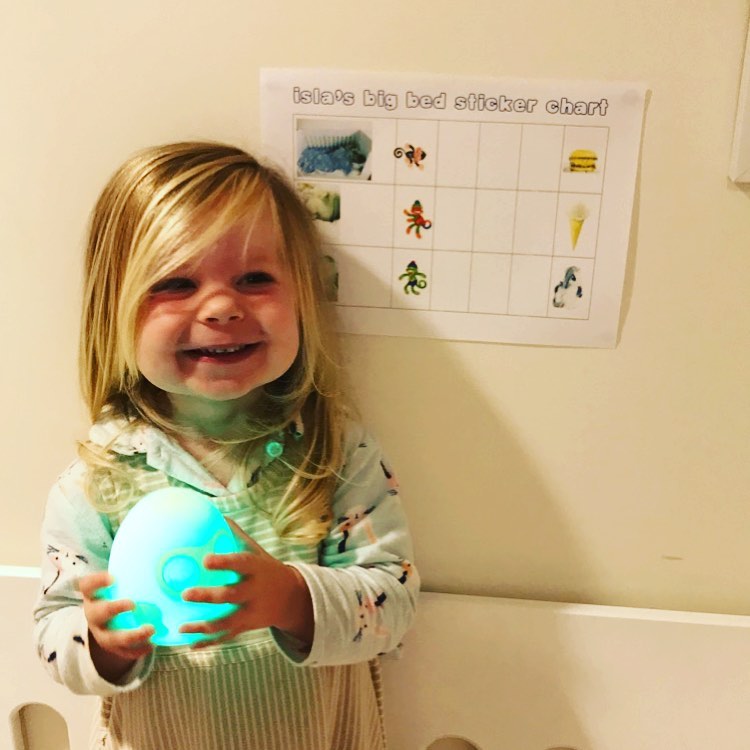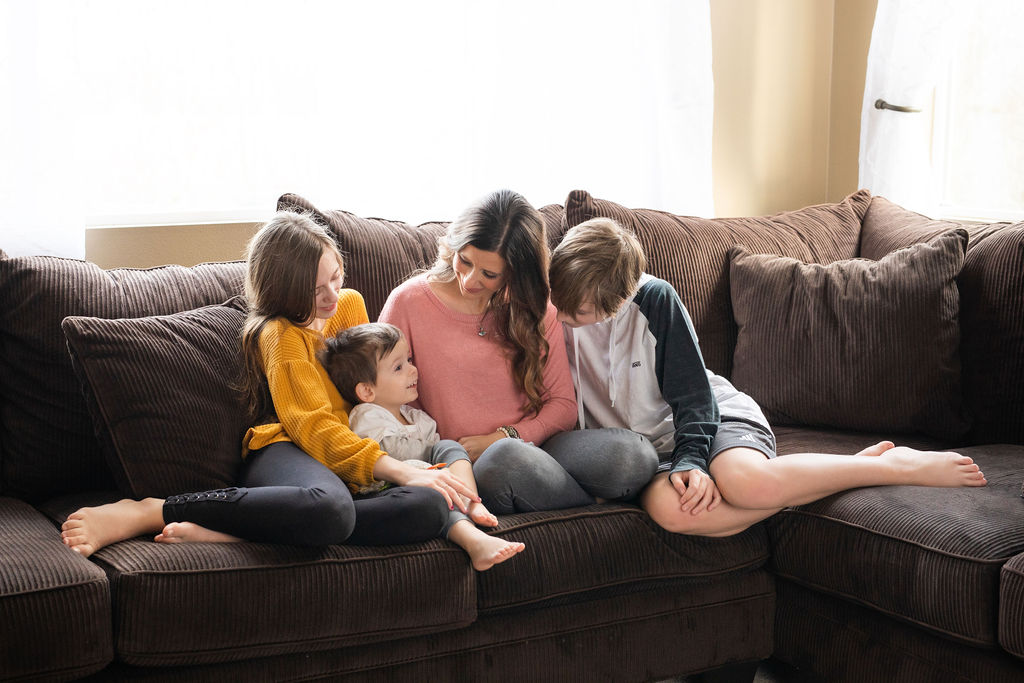Is your child having trouble sleeping? Lots of young children find it difficult to settle down and fall asleep, so they often wake up during the night and wake up their parents.
A study done at Northwestern University Medical Center shows that children aged 2 to 5 who sleep less at night have bigger chances of having behavioral problems during the day.
Why do sleep issues occur in toddlers and preschoolers?
In this modern era, more and more people are having sleep issues, and sadly that’s the case with children, too. We live in a modern world, surrounded by digital devices from the moment we wake up to the moment we go to sleep, and in most cases, while we’re sleeping too.
A lot of us have at least one digital device in the room we’re sleeping in. A recent study shows that
more than 125,000 kids are affected by electronic devices kept in their bedrooms, whether switched on or off.
Some of the devices that have a negative impact on sleep and should be kept out of the bedroom are:
- baby monitors
- digital alarm clocks
- tablets
- computers
- cell phones
- fluorescent light bulbs.
How much sleep do toddlers and preschoolers need?
Most toddlers (children aged 1 to 3) need between 11 and 14 hours of sleep over a 24-hour period. Toddlers’ sleep is usually split between nighttime and daytime sleep. However, it’s best if you experiment and see what works the best for your child. Usually, when toddlers reach 18 months, their daytime naps will decrease to once a day lasting between one to three hours.
Sleep is very important with preschool kids because it helps them grow strong, healthy, and ready for school. Most preschoolers (children aged 3 to 5) need between 11 and 13 hours of sleep over a 24-hour period. Some older kids might not even need a daytime nap.
Types of sleep problems in children
Sleep problems are classified into two major categories.
The first category of sleep disorders is called dyssomnias and include:
- Sleep-onset difficulties
- Limit-setting sleep disorder
- Inadequate sleep hygiene
- Insufficient sleep syndrome
- Snoring
- Obstructive sleep apnea (OSA occurs in at least 2% to 3% of children)
The second category of sleep disorders is called parasomnias and include:
- Sleepwalking
- Night terrors
- Nightmares
- Rhythmic movement disorder, such as head banging or rocking.
Nightmares are very common in children. In fact, more than 50% of young children have severe nightmares that cause them to wake up their parents. There are different ways of stopping nightmares from occurring, and one of them is getting a sleep gadget that is made especially for curing nightmares.
How can I help my toddler or preschooler sleep better?
There are a number of ways that can help you establish a perfect bedtime routine to make sure that your child gets enough sleep for their age.
- Stick to the same bedtime and wake-up time every day. Also, make sure that naps aren’t too late in the day and that they aren’t too brief.
- Maintain a consistent bedtime routine that starts at least 30 minutes before going to bed. Come up with calming and enjoyable activities, such as taking a bath or reading a bedtime story that will calm down your child.
- Make sure that the sleep environment is dark, cool, and comfortable for sleeping. It’s fine to have a night light or an area light on the minimum.
- Limit food and drinks before bedtime.
- Don’t let your child use electronic devices 30 minutes to an hour before going to bed.
Bottom Line
Just like us, children can have trouble sleeping. Try to find a routine that helps your child have better sleep quality and gets enough sleep. Also, if your child is having a nightmare and keeps waking up try to calm it down and feel safe.
###
Ooly – More sleep for the whole family.
Put an end to your child’s bedtime battles, nighttime awakenings, and early morning wake-ups.
Visit our website
www.novo123.com/ooly
###






